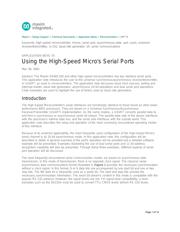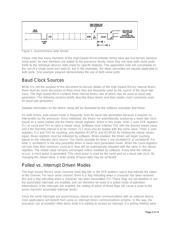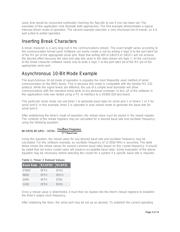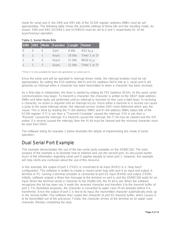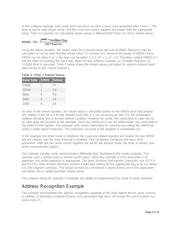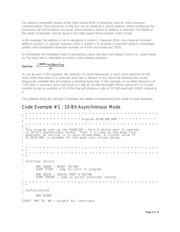Datasheet 搜索 > 8位微控制器 > Maxim Integrated(美信) > DS80C320-ENG+ 数据手册 > DS80C320-ENG+ 开发手册 1/14 页
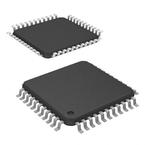
 器件3D模型
器件3D模型¥ 167.849
DS80C320-ENG+ 开发手册 - Maxim Integrated(美信)
制造商:
Maxim Integrated(美信)
分类:
8位微控制器
封装:
TQFP-44
描述:
MAXIM INTEGRATED PRODUCTS DS80C320-ENG+ 微控制器, 8位, 8051, 33 MHz, 256 Byte, 44 引脚, TQFP
Pictures:
3D模型
符号图
焊盘图
引脚图
产品图
DS80C320-ENG+数据手册
Page:
of 14 Go
若手册格式错乱,请下载阅览PDF原文件

Maxim > Design Support > Technical Documents > Application Notes > Microcontrollers > APP 75
Keywords: high-speed microcontroller, micros, serial port, asynchronous data, uart, usart, universal
receiver/transmittter, rs-232, baud rate generator, sfr, serial communications
APPLICATION NOTE 75
Using the High-Speed Micro's Serial Ports
Mar 29, 2001
Abstract: The Maxim DS80C320 and other high-speed microcontrollers has two identical serial ports.
This application note introduces the user to the universal synchronous/asynchronous receiver/transmitter,
or USART, as used in microcontrollers. The application note discusses baud clock sources, polling and
interrupt modes, baud rate generation, asynchronous 10-bit operations and dual serial port operations.
Code examples are used to highlight the use of timers used as baud rate generators.
Introduction
The High-Speed Microcontroller's serial interfaces are functionally identical to those found on other lower
performance 8051 processors. They are based on a Universal Synchronous/Asynchronous
Receiver/Transmitter (USART) implementation. As the name implies, a USART converts parallel data to
and from a synchronous or asynchronous serial bit stream. The parallel data side of the device interfaces
with the processor's internal data bus, and the serial side interfaces with the outside world. This
application note describes the setup and operation of the most commonly encountered operating modes
of this interface.
Because of its universal applicability, the most frequently used configuration of the High-Speed Micro's
serial channel is its 10-bit asynchronous mode. In this application note, this configuration will be
described in detail. A general overview of the port's operation will be provided and a detailed software
example will be presented. Examples illustrating the use of dual serial ports and 11-bit address
recognition capability will also be presented. Through these three examples, different aspects of serial
port operation will be discussed.
The most frequently encountered serial communication modes are based on asynchronous data
transmission. In this mode of transmission, there is no separate clock signal. The classical serial
asynchronous data communications format illustrated in Figure 1 provides the necessary synchronization
without a clock signal. In this format, 8 or 9 data bits are accompanied by one start bit and one or two
stop bits. The 9th data bit is frequently used as a parity bit. The start and stop bits provide the
necessary synchronization information. The serial bit stream's content in this mode is compatible with the
popular RS-232 protocol. However, the signal levels are not. For signal level compatibility, a level
translator such as the DS232A must be used to convert TTL/ CMOS levels to/from RS-232 levels.
Page 1 of 14
器件 Datasheet 文档搜索
AiEMA 数据库涵盖高达 72,405,303 个元件的数据手册,每天更新 5,000 多个 PDF 文件
